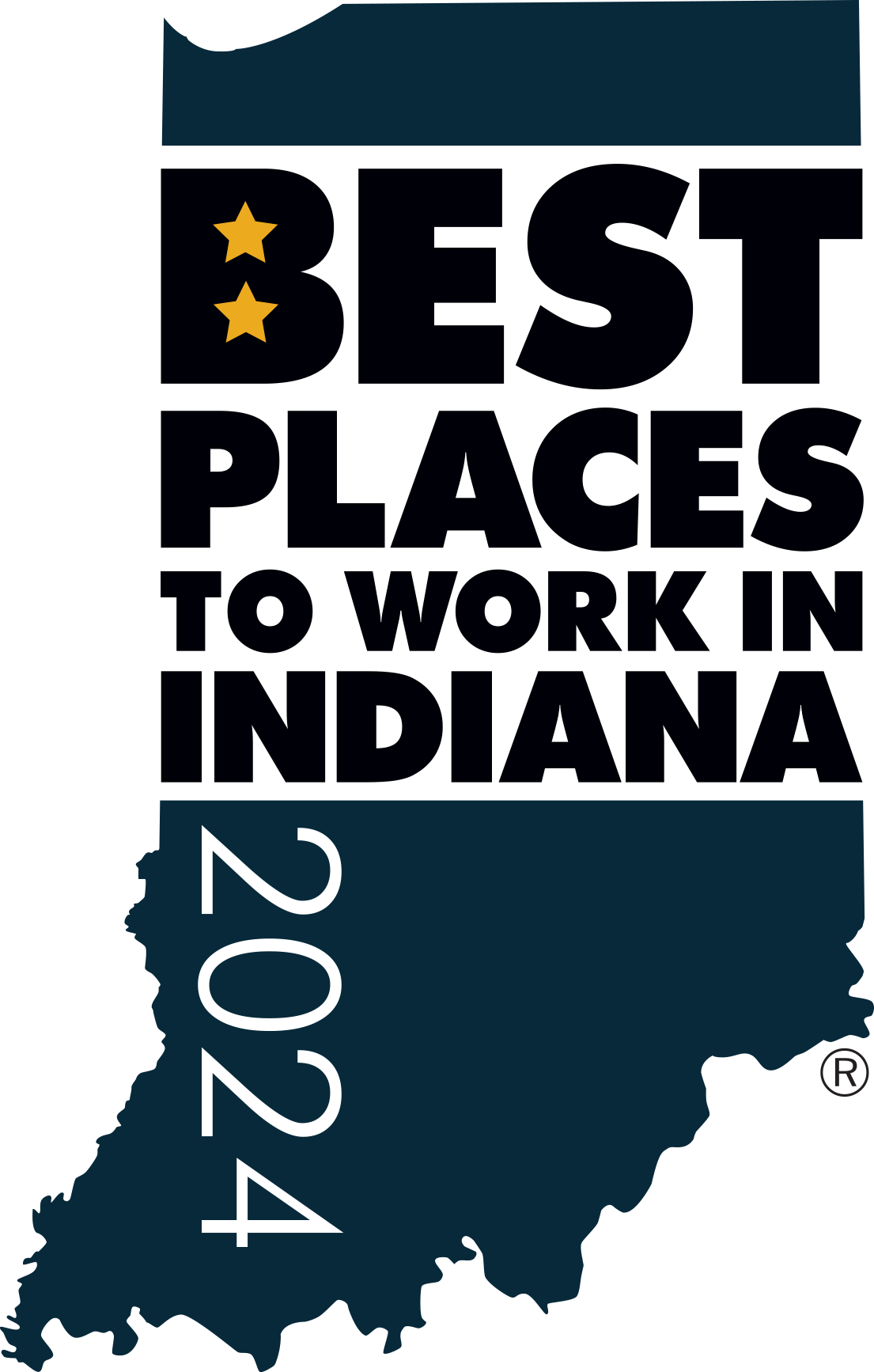How Workplace Flexibility Can Help Bridge the Gender Divide
There is an echoing demand from a workforce striving for a work-life balance. Yet, as businesses tout their progressive policies and flexible work arrangements, there’s a critical conversation that’s often glossed over with corporate niceties: the disproportionate impact of inflexible work environments on women, who, even in 2024, continue to bear the brunt of child and family care responsibilities.
This isn’t just an issue; it’s an oversight in how we approach work-life balance and gender equality in the workplace.
The Real Cost of Rigid Work Schedules
Let’s face a stark reality: when companies fail to offer genuine flexibility, it’s not just an operational misstep—it’s a direct hit on their diversity and inclusion efforts.
The narrative that flexibility is a mere perk needs to be dismantled. For a significant portion of the workforce, primarily women, it’s a necessity—a lifeline that enables them to juggle their careers with the lion’s share of domestic duties that society has traditionally placed on their shoulders. With women being more than four times as likely to miss work due to childcare as males, flexibility becomes increasingly important.
The Unseen Barrier to Gender Equality
It’s time to confront the uncomfortable truth: by neglecting to prioritize flexibility, businesses are inadvertently perpetuating a cycle of inequality. This isn’t just about offering remote work as a band-aid solution; it’s about fundamentally reevaluating how we measure performance and success in the professional world. Are we valuing output and impact, or are we stuck equating visibility with productivity?
A Blueprint for Change
The path forward requires more than lip service to the idea of flexibility. It demands a radical overhaul of business practices to foster an environment where women, and indeed all employees, are not penalized for needing a work arrangement that deviates from the 9-to-5 grind. Companies must embrace a culture that:
- Values Output Over Hours: Shift the focus from how long someone is at their desk to what they achieve. This paradigm shift is crucial for recognizing the contributions of those who may not fit the traditional work mold due to caregiving responsibilities.
- Promotes Transparency and Trust: Encourage open discussions about work-life balance and offer support systems for those navigating the complexities of professional and personal commitments.
- Invests in Technology: Leverage technology to bridge the gap between flexibility and connectivity, ensuring that remote work doesn’t translate to career stagnation.
The Bottom Line
As we edge forward in redefining the future of work, let’s not forget that flexibility isn’t just a policy—it’s a critical component of an inclusive, equitable workplace. It’s high time businesses recognized this and acted not just out of obligation but out of a genuine commitment to fostering a diverse, vibrant, and resilient workforce. The call for flexibility is loud, clear, and undeniable. The only question is, are we ready to listen and, more importantly, to act?

